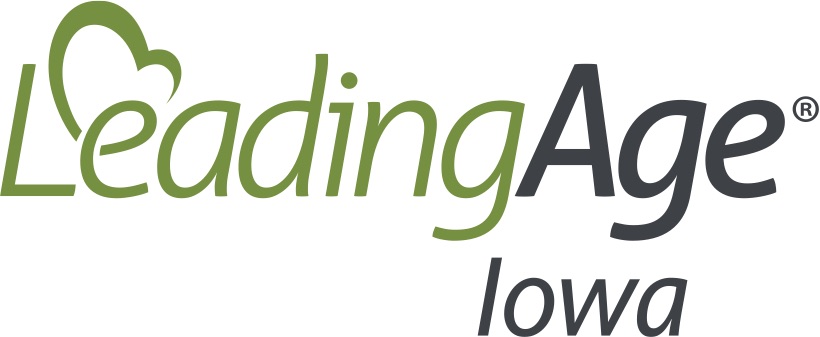|
Hand Hygiene, Glove Use and Food Service While reviewing survey reports, hand hygiene and glove use during food service observations is a growing deficient practice. Food service is not only pertinent for culinary/dietary staff anymore as more providers transition to household kitchens, universal workers, and even distributing snacks outside of mealtimes. Regulations and rules for multiple health care settings require safe and sanitary practices for preparing and distributing food, which includes hand hygiene and appropriate glove use. The rules and regulations do not direct providers on whether gloves are required to be used during food service, instead focus more on food contamination. Many culinary/dietary departments implement an approach to only using utensils, which may be a best practice to avoid staff thinking that the use of gloves eliminates contamination risks. Food contamination in Appendix PP of the Requirements of Participation (RoP) is defined as the unintended presence of potentially harmful substances, including, but not limited to microorganisms, chemicals, or physical objects in food. Here is an example of something that is commonly cited related to food contamination:
While completing observations for infection control compliance, it is important to remind staff that gloves create a false sense of cleanliness and ability to touch things. It is important that staff are cognizant of what they are touching and ensuring that they are completing appropriate glove changes anytime gloves are used. The standard is anytime you go from a dirty surface to a clean surface, gloves must be changed. To ensure that hand hygiene is completed adequately staff should know that anytime they put gloves on, change gloves, or remove gloves; hand hygiene must be completed. Culinary/dietary departments should strongly consider reducing glove usage and educating staff to use utensils instead of gloved hands unless they’ve followed the appropriate steps. As a reminder, when using utensils for food preparation and service, you must prevent contamination of the utensil as well. A quick example of this includes touching something that could potentially be contaminated and then touching the utensil. Appendix PP includes a resource for additional information regarding safe food handling to minimize the potential for foodborne illness includes http://www.foodsafety.gov. |













